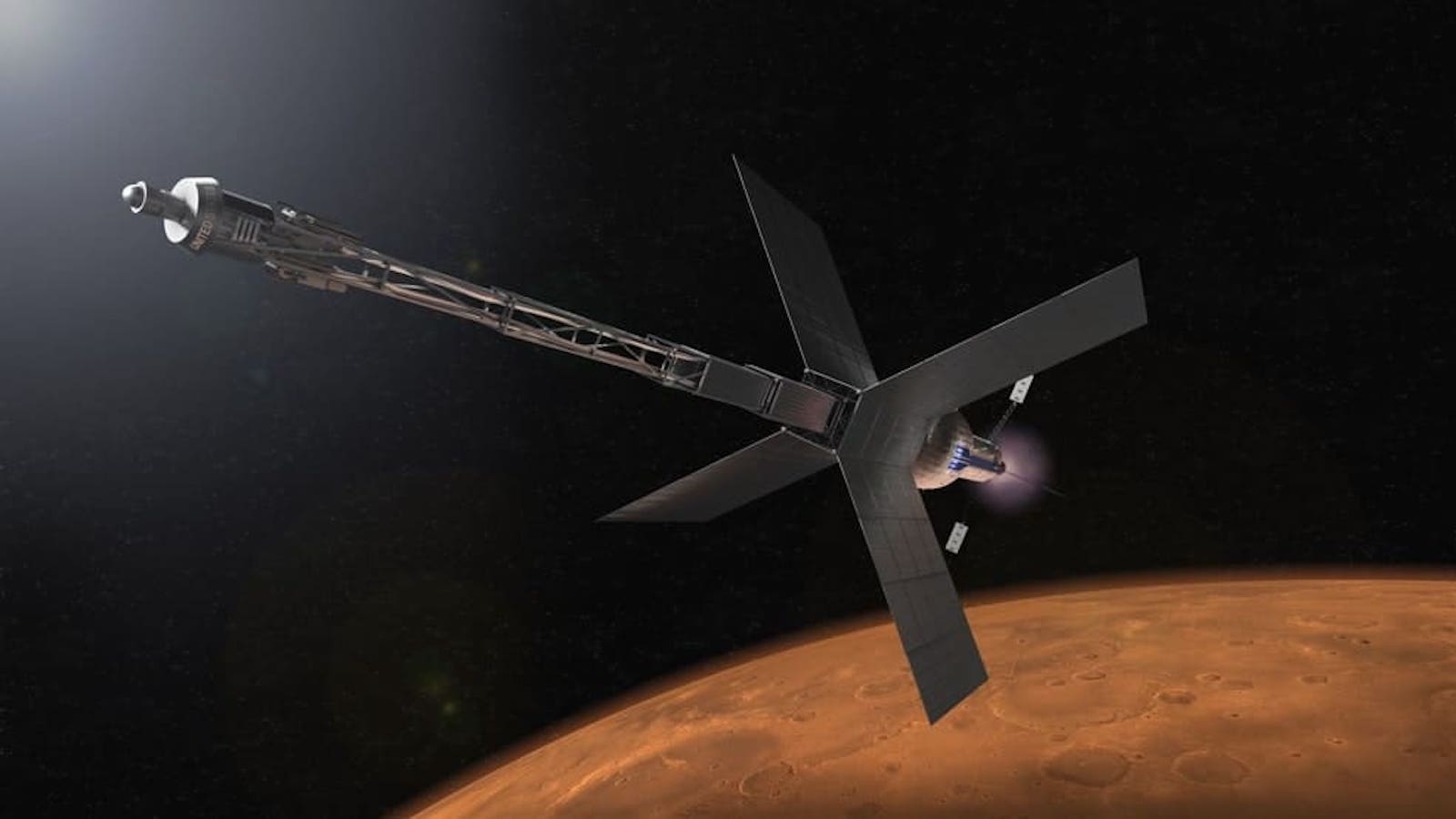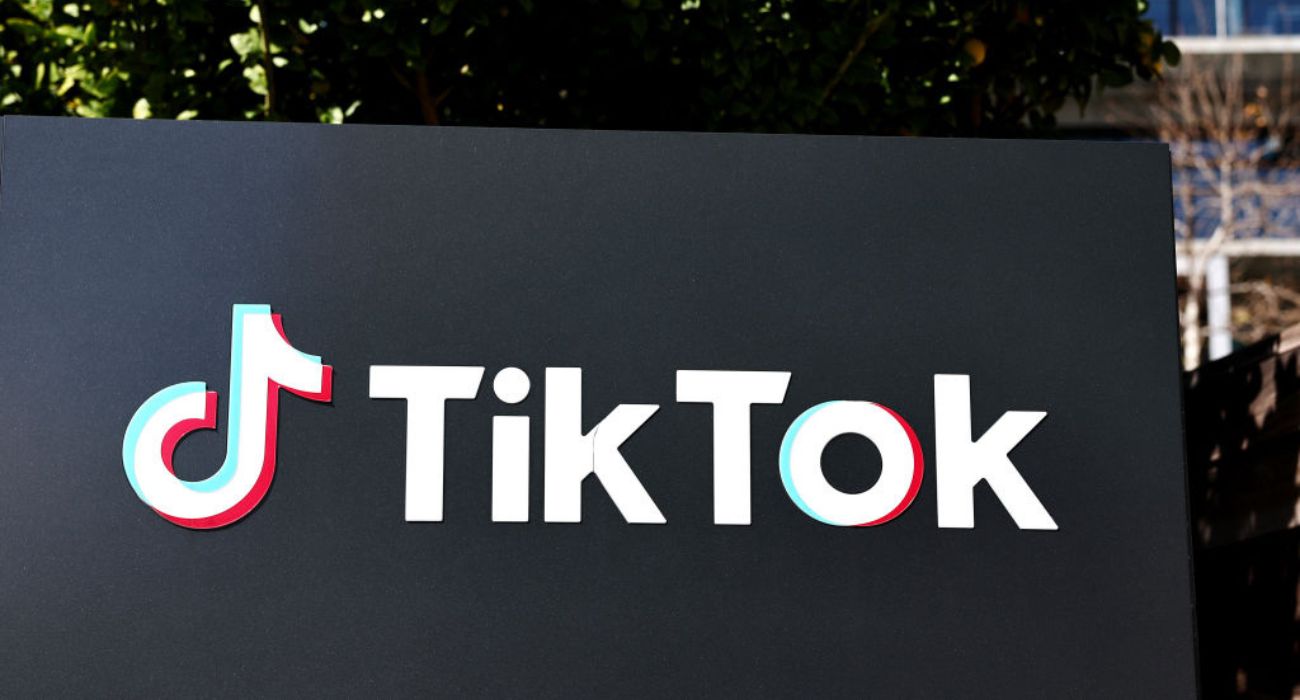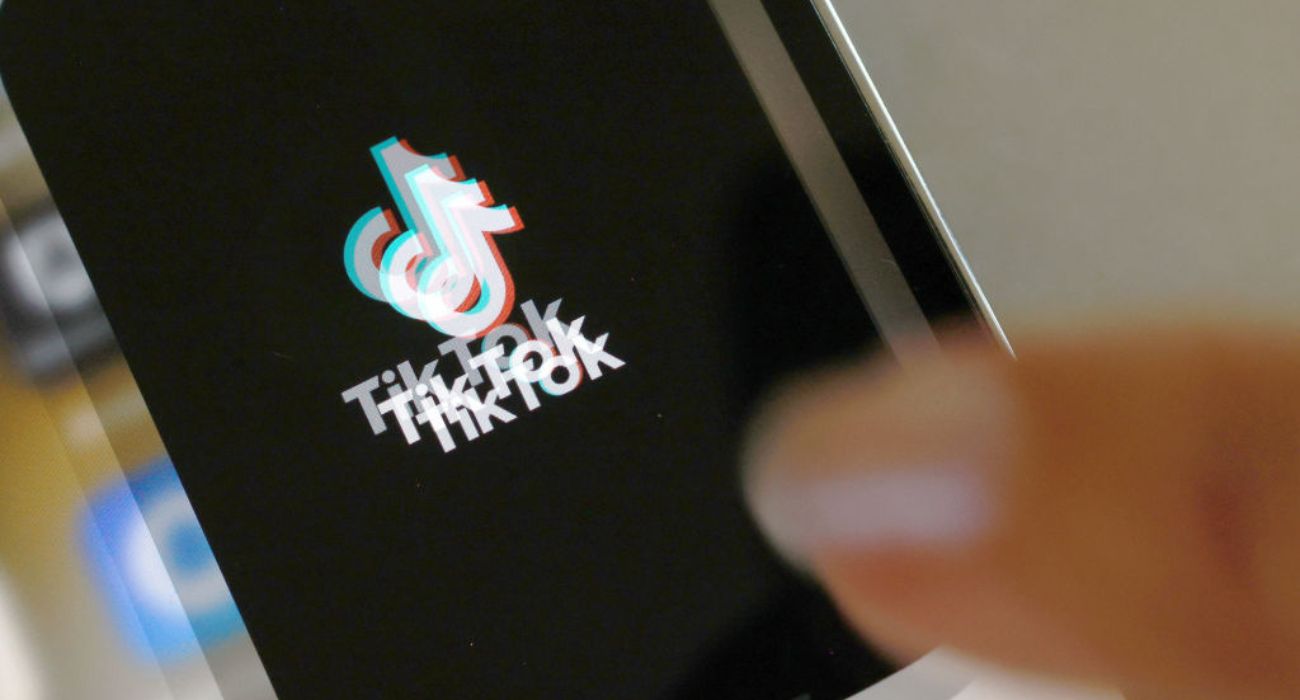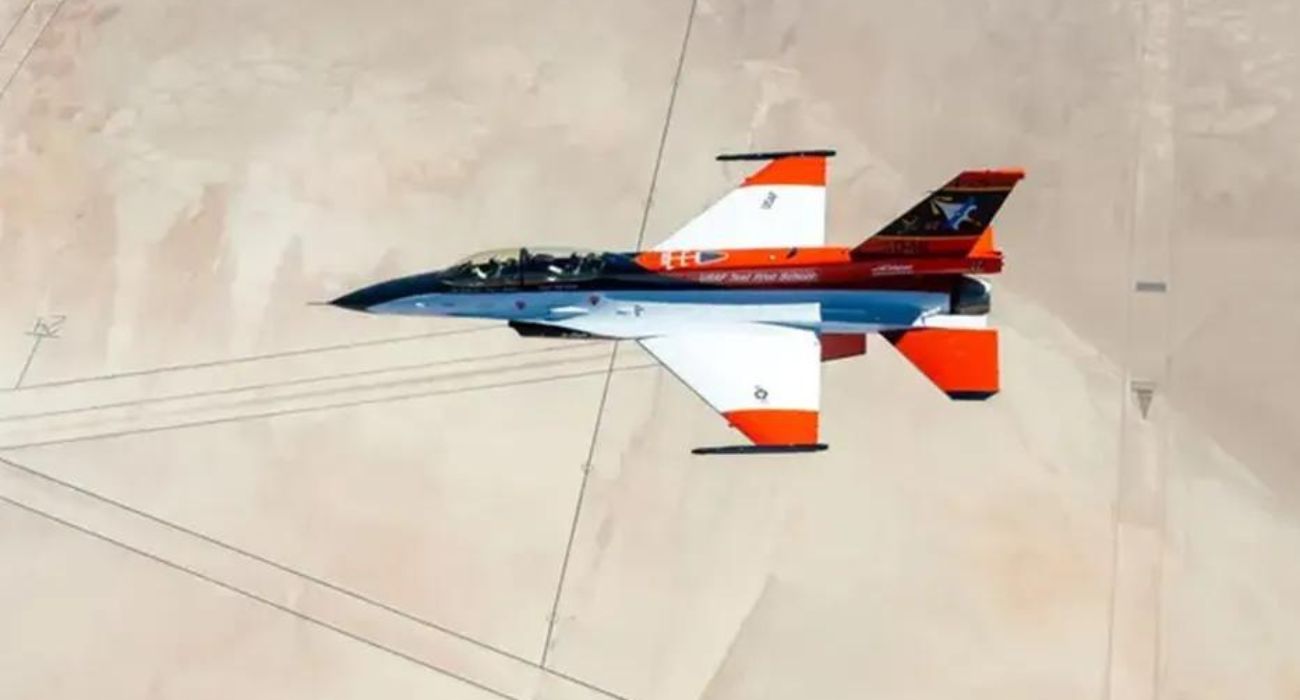NASA has partnered with the Defense Advanced Research Projects Agency (DARPA) to demonstrate a nuclear-powered rocket. This partnership has the ultimate goal of sending manned missions to Mars.
NASA and DARPA will partner to create this new craft through an agreement known as the Demonstration Rocket for Agile Cislunar Operations, or DRACO, with the expectation to complete the project by 2027.
Nuclear thermal propulsion technology was last tested under NASA’s Nuclear Engine for Rocket Vehicle Application and Rover projects over 50 years ago.
“With this collaboration, we will leverage our expertise gained from many previous space nuclear power and propulsion projects,” said Jim Reuter, associate administrator for NASA’s Space Technology Mission Directorate, according to a press release on January 24. “Recent aerospace materials and engineering advancements are enabling a new era for space nuclear technology, and this flight demonstration will be a major achievement toward establishing a space transportation capability for an Earth-Moon economy,” he continued.
NASA previously successfully tested the first generation of the new Artemis program, sending the Orion Spacecraft to orbit around the moon, with the purpose of soon establishing a long-term human presence on the moon, as previously reported by The Dallas Express.
The STMD will lead the technical development of this nuclear engine and combine it with DARPA’s experimental spacecraft as part of this agreement. DARPA is responsible for developing the entire stage and the reactor itself. DARPA will lead the integration and assembly of the new spacecraft.
NASA scientists postulated that nuclear-powered spacecraft could bring humanity to the red planet quicker than other conventional methods.
This new generation of rockets uses a fission reactor to generate electricity that charges fuels, such as xenon or krypton, out of the rocket, providing it forward momentum.
Scientists claim that nuclear electric jet systems use fuels more efficiently than conventional chemical rockets but provide less thrust. However, despite this deficiency in thrust power, NASA scientists are confident that the given thrust can propel a craft for much longer and with far less fuel by three or fourfold.
Dr. Stefanie Tompkins, director of DARPA, said in a press release that the organization has had a long-standing relationship with NASA, having collaborated with NASA on projects such as the Apollo missions that took humanity to the moon.
“The space domain is critical to modern commerce, scientific discovery, and national security,” said Tompkins. “The ability to accomplish leap-ahead advances in space technology through the DRACO nuclear thermal rocket program will be essential for more efficiently and quickly transporting material to the Moon and eventually, people to Mars,” she continued.
Other benefits of this new mode of propulsion include increased carrying capacity for scientific equipment as well as more power for communication equipment.
NASA is also partnering with the Department of Energy to create another nuclear-powered engine for longer-range missions.







Really! Nuclear energy! We’re not using wind and solar for space travel? How backward thinking. We obviously don’t have enough climate alarmists working at NASA. They’re being way too pragmatic.